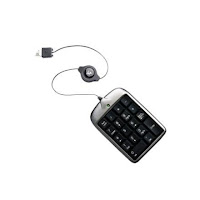The System Unit.
Flash Memory

It offers a combination of the features of RAM and ROM. It can be updated to stire new information and does not lose information when the system shuts down. It is used to store start up instructions type of keyboard, mouse and secondary storage devices. If there are changes in the computer system, there will also be refelcted in the flash memory.
Graphic cards

It connects the system board to the computer's monitor. Internal electronic signals will be converted to vide signals by the cards and be displayed on the monitor. It is installed in the motherboards. It is capable of displaying and manipulating pictures on display. The quality is determined by the computer's resolution and how many times they could display and represent graphics and colors.

It accepts audio input from a microphone and processed by the computer. The cards convert internal electronic signals to audio signals so it can be heard through the speakers. Sound cards are capable of manipulating sounds. It can project sounds through speakers, from microphone and disks.
Network Interface Card (NIC)
It is known as network adapter cards, where it is used to connect a computer to one or more computers. It forms a communication network where information, data, programs and hardware can be shared. this card is usually connected to the system unit through cables and then connected to the network.

It is a set of specific hardware an software standard developed by software providers like Intel and Microsoft. Reflected by its name, Plug&Play is now generally associated with the ability to to plug a device to the computer and have it play or work immediately. Notebook and handheld computers use small credit card-sized cards since they are smaller in size compared to desktop.
Simply known as bus, it connects the parts of the system unit to others and links it to other components on the system board. It is a pathway for bit where it travels down a bus knwon as bus width. Bus line moves information and data efficiently depending on the bus width. Bus design or bus architecture plays and important in determining the bus width and its power and strength.
Known as High Definition Multimedia Interface, it is a port that provides high definition video and audio. It can carry a wide bandwidth enabling the computer to transmit multi channel and video. It suppoets standard video formats, enhanced video and high-definition adn is compatible with digital Video Interface.

Cache (pronounced as 'cash') memory improves processing between the memory and the system unit by acting as a temporary high speed holding area. It detects information from RAM into the cache.when needed, it aces the information from the cache.
 Hello, welcome.
Hello, welcome. Hello, welcome.
Hello, welcome.


 .
.